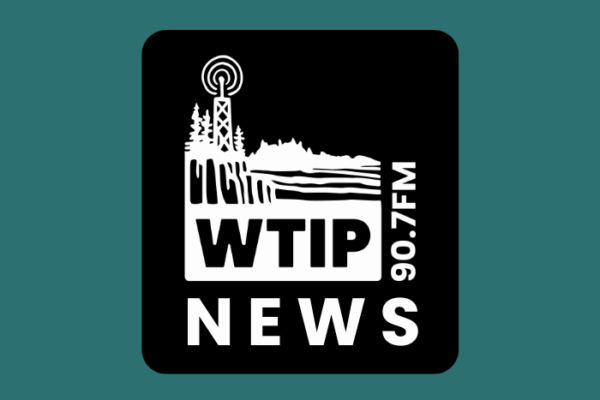No mention of RABC permits as U.S.-Canada border aims to open in August
Prime Minister Justin Trudeau said on Thursday Canada could start allowing fully vaccinated Americans into Canada as of mid-August for non-essential travel and should be in a position to welcome fully vaccinated travelers from all countries by early September.
Trudeau noted that if Canada’s current positive path of vaccination rate and public health conditions continue the border can open.
Among the port of entry checkpoints that could open at the border is the Pigeon River Crossing in Cook County. This is a popular entry point for people traveling to Minnesota from Thunder Bay, and for Americans traveling to Quetico Provincial Park and to the Thunder Bay area.
One consideration for the paddling and Gunflint Trail communities is that even if the port of entry stations do open on the U.S. and Canadian border, in order for people to reach Quetico Provincial Park through Cache Bay they would need a Remote Area Border Crossing permit. Known as an RABC, these permits allow U.S. citizens to cross into Canada on some border lakes from Lake Superior over to Rainy Lake without stopping at customs checkpoint, such as the Pigeon River entry point in Grand Portage. Americans who own property on the Canadian side of Saganaga Lake at the end of the Gunflint Trail or who want to paddle to Canadian waters on Sag also rely on, in most instances, using an RABC to enter Canada across the massive lake. These permits cost about $30 to process and must be renewed annually. There was no mention of RABCs being issued this year in the update from Canadian officials on Thursday.
In the early days of the pandemic, the U.S. and Canadian governments closed the more than 5,500-mile border to nonessential traffic. With increasing vaccination rates and dropping infection rates, some were annoyed the two governments hadn’t laid out detailed plans to fully reopen the border.
Canada began easing its restrictions earlier this month, allowing fully vaccinated Canadians or permanent legal residents to return Canada without quarantining. But among the requirements are a negative test for the virus before returning, and another once they get back. At this time, Canadians can fly to the U.S. but can’t cross by land, and most non-Canadians cannot enter Canada either by land or by air.
Pressure has been mounting on Canada to continue to ease the restrictions at the border, which have been in effect since March of last year.
Commercial traffic has gone back and forth normally between the two countries since the start of the pandemic. Canadians are able to fly into the United States with a negative COVID-19 test.
The U.S. Travel Association estimates that each month the border is closed costs $1.5 billion. Canadian officials say Canada had about 22 million foreign visitors in 2019 — about 15 million of them from the United States.
WTIP’s Joe Friedrichs contributed to this report.














